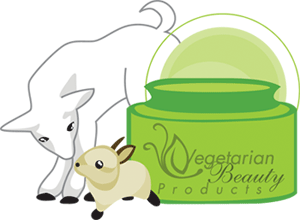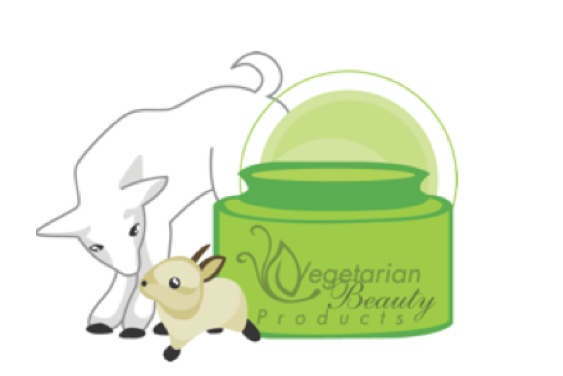Every week we bring you a handful of beauty companies who are vegan and cruelty-free, and most of these companies proudly proclaim the fact that they are free of the same harsh ingredients that are found in mainstream cosmetics. But what are these ingredients? They have such long, confusing names that do sound scary, but are they as bad as they sound? Is it an advantage to use beauty products that are free of these chemicals? Let’s take a look at few of the main players:
Parabens
What are they? Parabens refer to a group of different, specific esters of para-hydroxybenzoic acid. Parabens you will see most commonly are butylparaben, ethylparaben, methylparaben and propylparaben.
Why are they used? Preservatives
Where are they found? Makeup, spray tan, shampoo, lotions and lubricants.
Why are they bad? They’ve been found in small concentrations in breast cancer tumors, and since breast cancer tumors are commonly found in the upper/outer quadrant of the breast, there is suspicion that it may be due to parabens in deodorants. There is also evidence that parabens are bioidentical to estrogen, which is a concern in terms of an increased risk of cancer, and also that it may cause premature puberty in girls.
Phthalates
What are they? Esters of phthalic acid, a dicarboxylic acid. For cosmetic use, you will most commonly see dibutylphthalate (DBP), dimethylphthalate (DMP), and diethylphthalate (DEP).
Why are they used? They are typically used as an agent to soften, or add flexibility, to products. So they are used in nail polishes to lessen cracking, and hairspray to make hair more flexible. They are also used in perfumes.
Where are they found? As mentioned above, they are commonly found in nail polish and hairspray, but you will likely not know when they are present in certain beauty products because they are typically added to the fragrance used to make beauty care products smell nice, in which case they are not required to be specifically named in the ingredient list. When you read the ingredients on the back of your beauty products and see the vague, “fragrance,” listed, there is a good chance that it contains phthalates.
Why are they bad? Like parabens, there is significant data mounting that shows that phthalate cause issues with hormones. Most compelling, male babies who are exposed to phthalates, because their moms used products containing phthalate, have been found to have an abnormally short anus-genital distance, which can mean over-feminization during genital development in-utero. Research has also found that the there are hormone issues in baby boys are who are nursed by mothers who use products containing phthalates.
Petroleum/Mineral Oil
What are they? Petroleum products, mostly mineral oil in the case of beauty products, are byproducts of the petroleum industry, or crude oil. More specifically, they are the byproducts of distilling crude oil into petroleum to fuel automobiles. Besides the obvious environmental implications (i.e. drilling for oil, oil spills, etc), there are health implications. While mineral oil is not necessarily derived from petroleum, the types used in beauty products often are. These byproducts are commonly listed as paraffin, mineral spirits, mineral oil, petroleum, or petroleum distillates.
Why are they used? Mineral oil is often used for its moisturizing effects.
Where are they found? Lotions, skin creams, lubricants, deodorants, cosmetics, sunscreen and some styling products.
Why are they bad? Petroleum products have been strongly linked to cancer and, again, strongly linked to being bioidentical to estrogen, which can cause a slew of issues, including increased risk of breast cancer.
Sodium Lauryl Ether Sulfate
What are they? Sodium Lauryl Ether Sulfate is a surfactant. Surfactants essentially allow non-mixable items, like oil-based and water-based products, to successfully mix.
Why are they used? Surfactants are used in many cosmetic products for their cleansing and emulsifying properties. In shampoo, it acts as a degreaser.
Where are they found? Shampoo, soap, and generally anything that foams or gets sudsy.
Why are they bad? They have been shown to be skin and eye irritants, as well as stripping the hair of oils and proteins. Further, it is often derived from palm oil, the harvesting of which is causing devastating effects on the environment, including orangutan displacement and killings.
What all of these ingredients have in common is that they have those who rally for, and against, them. Ultimately, it is up to you to decide if you are comfortable using them, and in what quantity. What can’t be denied is that claims that they are safe because the “FDA says so” don’t hold much water since the FDA has approved numerous products that later proved to be unsafe.
We look forward to bringing you more ingredient definitions in a later article!

